Could Monofilament Leader Line Be Better Than Fluorocarbon Leader?
- By: Joseph Simonds
- on
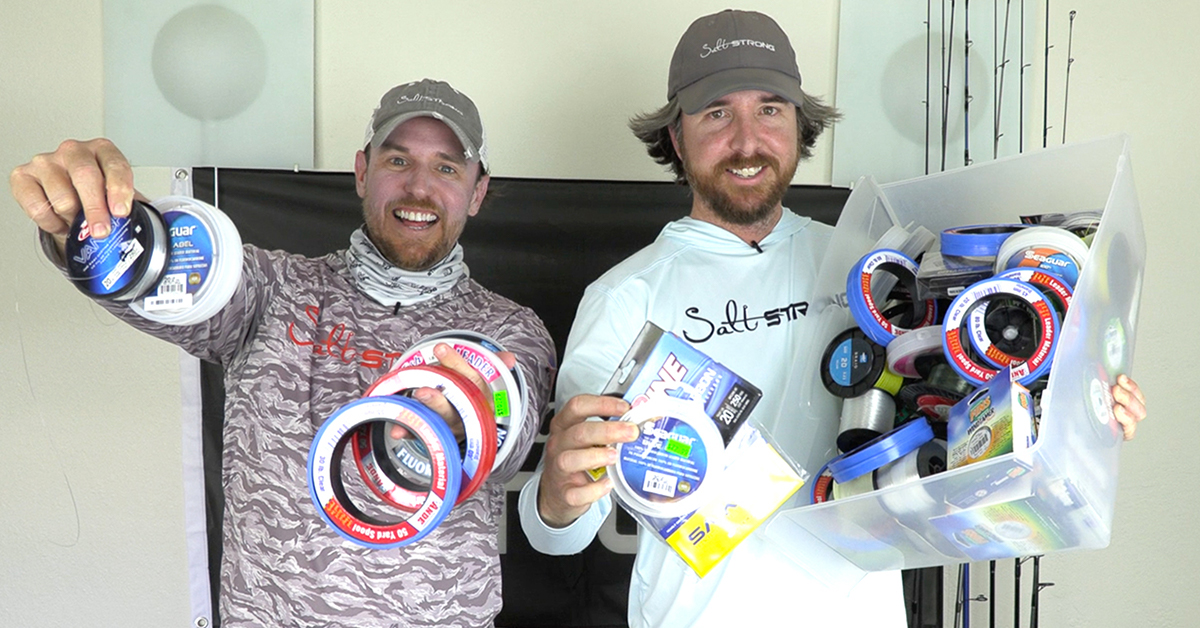
What type of leader do you use?
Most people use fluorocarbon because they think it’s better than mono, even though it’s more expensive (up to 100x more expensive!).
But is it really better?
One surprising thing is that there have been no real, valid studies comparing these two materials.
Sure, there have been a few studies funded by the companies making them, but we haven’t found any real unbiased studies.
So over the past several years, Luke has been trying to answer the big question: should you use monofilament or fluorocarbon leader?
There are three main factors you want to consider when deciding which material is better:
- Visibility
- Knot strength
- Abrasion resistance
Luke has done several tests to answer which material is better for factors #2 and #3, and is about to start working on an experiment to determine which material takes the cake for factor #1.
In this podcast, Luke and I are breaking down what he’s found to be better in his experiments, as well as:
- Which brands are best
- Is buying a spool of “leader” fluorocarbon or mono better than buying a big spool of “regular” fluoro or mono?
- How the diameter (not just the line strength) affects the performance of leader line
- How brands in America can lie about the performance of their leader
- And much more
Now before we get into the podcast, you might be asking yourself, “Why are these guys doing all this?”
The answer is this: we want to save you money!
For a long time (and sometimes still to this day), Luke and I wasted tons of money buying whatever was the most popular or well-marketed product.
Normally, you get what you pay for in life, but we have found that not to be the case when it comes to leader material, so we’ve done all of this research and reporting to help you discover the truth about monofilament vs. fluorocarbon.
You can watch the video version of this podcast below, listen to the audio version by clicking the play button underneath it, or listen to it on iTunes, Stitcher, or Spotify.
P.S. Don’t forget to subscribe on iTunes, Stitcher, or Spotify and leave us a review!
Is Mono Better Than Fluoro? [VIDEO]

Is Mono Better Than Fluoro? [PODCAST]
Note: Don’t forget to subscribe to the Salt Strong podcast on iTunes, Stitcher, or Spotify and leave us a review!

Related Podcasts:
- Why Most Saltwater Anglers FAIL (The Top Mistake)
- Smart Fishing Spots: A Shortcut To Finding New Inshore Honey Holes
Conclusion
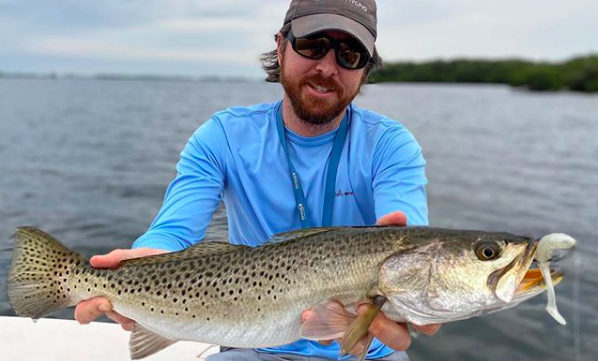
Did this conversation surprise you?
After seeing the results of these experiments start to come in, it definitely surprised us!
We never really doubted the fluorocarbon was superior as we paid more for it all of those years.
And when we set out to find out the truth about how they compared to each other, we were blown away!
But, thankfully we did, as we’re now saving money, using a better product, and catching more fish.
You can see all of our fishing line tests here.
Have any questions about mono vs. fluoro?
What have been your experiences with these two products?
Let me know in the comments below.
And if you know someone who loves fluorocarbon, please TAG or SHARE this with them!
P.S. Want access to our best fishing spots and tips, plus discounts to our online tackle store? Click here to join us in the Insider Club!
Stop Wasting Your Valuable Time On The Water!
Do what the “SMART ANGLERS” are doing and join the Insider Club.
Here’s what you’ll receive today when you join:
- Weekly fishing reports and TRENDS revealing exactly where you should fish ever trip
- Weekly “spot dissection” videos that walk you through all the best spots in your area
- Exclusive fishing tips from the PROS you can’t find anywhere else
- 20% OFF ALL of your fishing tackle (rods, reels, line, lures, and more from ALL of the biggest brands in America)
Click here to join today.
Related articles:
Related categories:
STOP WASTING TIME ON THE WATER!
Do what the “SMART ANGLERS” are doing and join the Insider Club.
Here’s what you’ll receive today when you join:
- Weekly fishing reports and TRENDS revealing exactly where you should fish every trip
- Weekly “spot dissection” videos that walk you through all the best spots in your area
- Exclusive fishing tips from the PROS you can’t find anywhere else
- Everything you need to start catching fish more consistently (regardless if you fish out of a boat, kayak, or land).

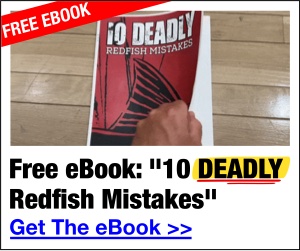





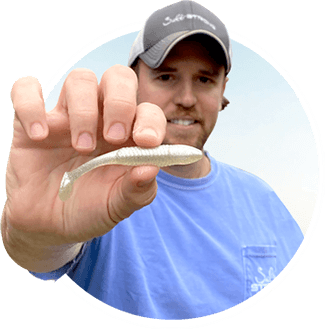
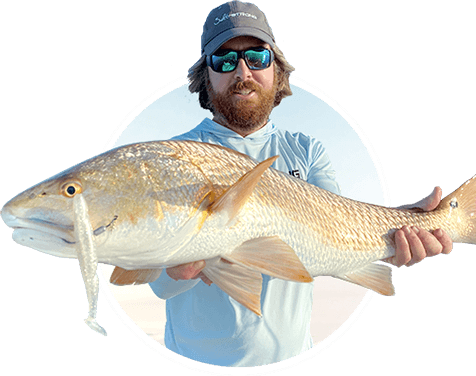
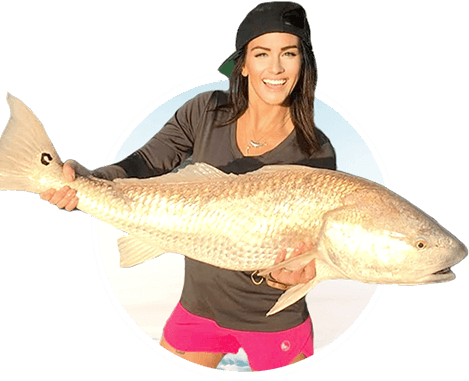
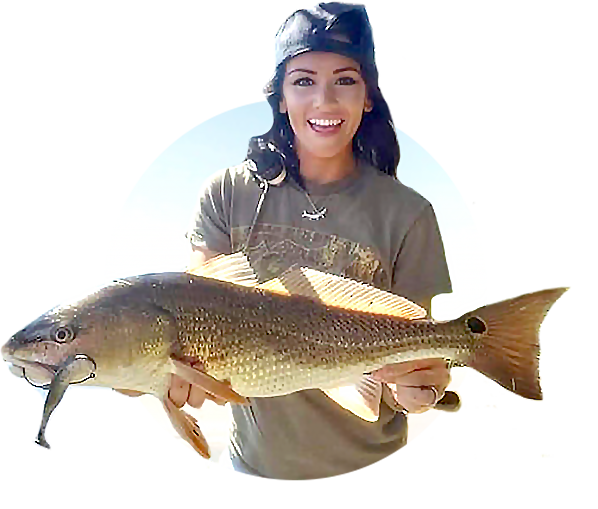
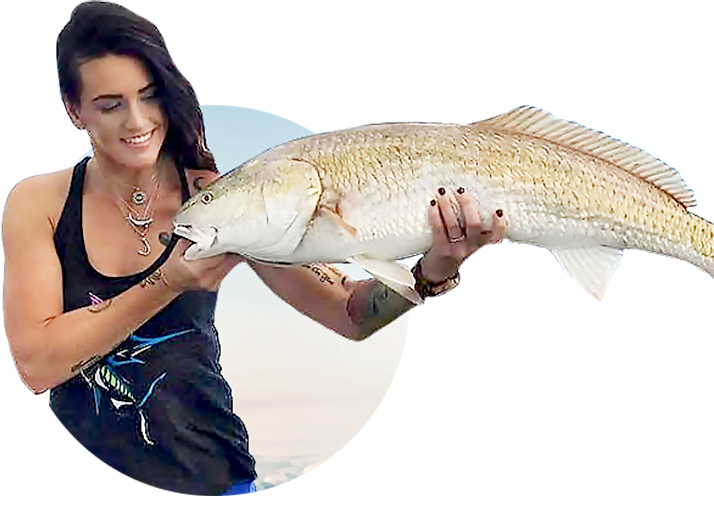
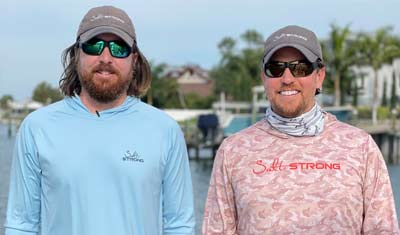
This is good to know! Thank you for helping us to $ave. You 2 are good together!
Luke and Joe,
Good stuff!
Luke, you may be done with all of your testing by now on these different lines via line strength and knot strength per the specific diameters on the testing equipment you had purchased to test with.
There are probably several testing devices used by manufactures and universities for such.
One of which I used was an Instron Universal Testing Machine at the Univ. of Florida.
Perhaps you could use their testing equipment on their main campus or a satellite testing lab closer to where you live.
These machines measure the force needed to pull things apart (ex. line or knot strength) or the force needed to punch or cut through something.
Maybe there is a student who is willing to take this on as a Masters Thesis project along with some other testing he or she is doing at the university. Specifically relating strength to the diameter tested of the mono’s and the florocarbons tested.
I used one as part of my masters thesis in Meat Science at the Univ. of FL back in ’79/’80.
Hi guys,
great video. I saw Luke’s “mono vs. fluoro” video a couple of years ago and was shocked. Then I started to change all my shock leaders to mono. Unfortunately the real world test prooved the opposite. I am fishing carp in sweet-water lakes. You can wait for the carp a few hours or more. All this time line is in the water. If there is no snags or mussels on the bottom than it’s really doesn’t matter, but if you fishing in a snaggy area, then your WET mono will be scratched and break much faster than fluorocarbon. With mono leader I wanted to change shock leader after one-two fish from the snaggy place. With fluoro I used same leader next session, and every time it came from the same snags without any damage. First I used Daiwa Floor It (this line just coated and very wiry) then changed to the leader from Kureha material for ice fishing – it is very supple. And one more notice. At least for carp, in the shallow water, the line MUST be clear. Just my own experience.
Regards
Leo
What about green mono vs clear mono? Same diameter lines, same time, same fishing spot, same lure and presentation but different colors, which one gets more bites? Please test bros 😉
Great video guys. Do you or anyone else know if mono degrades and/or becomes more visible over time. When you buy line like Big Game it will last a long time when your only using it for leader material. I understand that exposure to sun will degrade it but when using as leader it sees very little sun light. Wondering your thoughts.
Tarpon question. I get that mono is stronger, but when fishing for Tarpon, I usually tie an FG w/ 80lb flouro to 60 Lb braid (PPSS). I would think that a thicker diameter line (80lb mono) is going to have trouble clearing the guides, but maybe not.
thoughts?
I got excited with your video and showed my wife my spool of Berkley big game 30# green mono that I use for flounder and tandem speck rigs.
Great video. You guys are doing a great job for us. Have you compared Floroclear? I use that as a main line for years.
Hey guys. You’re bringing up some good thoughts and points about lines. You might consider testing IGFA rated lines. Those lines ARE guaranteed to break at or a fraction of a pound under the stated rating. Years ago before braided lines came out, that’s all I used. I began guiding with 6-pound Ande Tournament. We rarely had issues catching big fish on it when good reels with good drags set properly were used. I used it because it had a small diameter and was very consistent in strength and because of it’s small diameter, I could get very long casts with it, plus get more line on a spool than a heavier line on the same reel. I wanted light tackle, and back then the only way to truly get light tackle was to use light line, because all I fished with were artificial lures. I believe that fish also found the smaller lines more difficult to detect. Ande Monofilament built their reputation on their IGFA lines. More world records were held on that line than any other for years. I haven’t kept up with records for a long time now so I don’t know if that’s still the case. I did some field-testing for some of their lines back in the 80’s and 90’s. Since Ande came out with their Backcountry blue line, that’s been my leader line of choice. Initially I used the straight line on a lot of my reels. It was soft enough for good lure presentations, castability, and knot strength, yet difficult to see in the water. The line diameter was greater than most monos for the stated rating when I field-tested it for them, so when I begin using it, if I would normally use 10-pound test on a baitcaster, I would drop down to 8 or 6-pound test when using that line. It was not IGFA rated, but in their premium line series, so it didn’t have to test at the stated rating. Manufacturers would put any rating on their lines they wanted as long as the lines broke at least at that stated rating. So, some lines would have 10-pound test on the packaging, yet it would actually break at 18-pounds. Then their advertising would claim that they had the strongest 10-pound line. To me it was deceiving, but the industry is riddled with deception of one kind or another in marketing.
I personally have a hard time seeing Ande Backcountry blue in the water. It’s a co-polymer line, with slight differences in characteristics as compared to mono lines. Co-polymers have less stretch than typical monofilament lines. Additionally, fluorocarbon lines stretch less than monofilament as well. Some lines may even test better with different knots, so a knot that works well for one line may not work as well or be as strong with another brand of line. I would say that line stretch is another factor that you should consider in your tests, adding it to your list of already 3 considerations. Stiffness of line to me is also important in that it can affect how both natural and artificial baits swim. Mason hard leader is a stiff leader, somewhat similar in that regard, to fluorocarbon, and one many fly anglers use. Some leader spools come in large diameter spools to reduce the size of the coils when the lines take memory. A quarter pound spool might have more “Slinky” like appearance than a leader spool. Stretching the line can help reduce the coils. Just some thoughts. I take a quarter-pound spool of Ande Bankcountry and put it in a coozie. When you pull the line out it comes off the end of the spool. Place it in the coozie. Pull the line out and it will stop when you stop pulling the line out. I can’t tell you how many times I had a spool of line out on the console in years past when I didn’t use a coozie and the line would take off while I was running, and before I knew it, I had a hundred yards of line out the back of the boat. This will end that possibility. While it’s getting a little more difficult to find, I still use Ande Backcountry. Give it a try.
Enthusiastically waiting for your visibility testing results mono vs fluoro!!